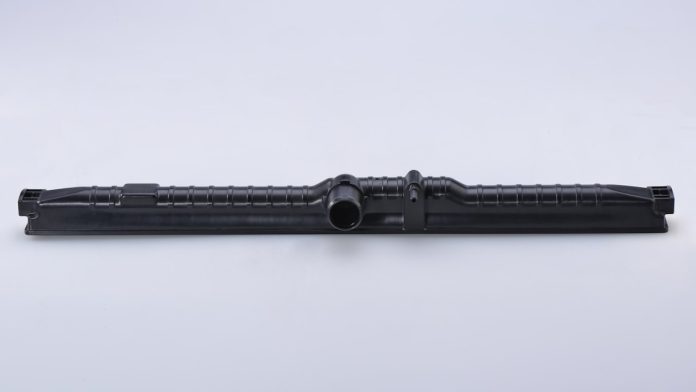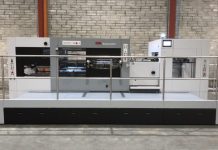Several businesses employ the manufacturing technique of plastic injection molding to create different plastic items. Melting plastic resin pellets and injecting them into a mold to create a certain shape or form is known as plastic injection molding. Melted plastic is injected under intense pressure into a mold cavity that is normally formed of steel during the injection molding process.
The melted plastic cools and hardens after filling the mold cavity and taking on its shape. The manufacturer then removes the finished product from the mold. Due to their extraordinary versatility, plastic polymers are frequently used in injection molding. Plastics are produced in a huge variety of hues and finishes and can be molded into any shape.
Additionally, it is very simple to add graphics and text to enable customer branding, safety precautions, etc. Plastic is often thin, simple to keep clean, recyclable, and can be hermetically sealed for maximum protection. The plastic mold making process is most suitable for thin-walled items, ranging from bottle caps to huge car panels.
Is Injection Molding Environmentally Friendly?
As equipment grows more effective and materials like thermosetting polymers are able to survive high temperatures and conditions, injection molding is becoming more environmentally friendly. Injection molding produces some material waste, but it is less than with many other manufacturing techniques.
The carbon footprint of items over their whole life cycles, including during manufacturing, is also taken into account. Technology advancements have led to modern injection molding machines using 20 to 50% less energy than they did ten years ago.
Applications of Injection Molding In Automotive Parts Production
One of the most common tactics used by manufacturers to create plastic elements in the automobile industry is injection molding. To provide a complete listing of all the plastic elements in an injection-molded vehicle would be challenging, so we will focus on the primary ones.
Applications
Component under the Hood
Many engine-associated elements that producers as soon as comprised of metallic have been switched over to plastic over the past two decades or more. Robust polymers like ABS, Nylon, and PET are frequently used for those purposes.
Exterior Components
Numerous outside car components, which include fenders, grilles, bumpers, door panels, floor rails, lamp housings, and others, are manufactured using the nice set-up procedure of injection molding. Splash guards make a first-rate case for illustrating the robustness of injection-molded additives. Additionally, the components that guard the car from road particles and decrease splashing are often built of rubber or other strong and flexible materials.
Interior Components
Manufacturers produce a wide variety of interior car parts using automotive plastic injection molding. Instrumentation parts, surfaces inside the vehicle, dashboard faceplates, door handles, and gloves boxes, air vents, and other things are among them.
Advantages
Several benefits of the procedure for manufacturing automobile plastic parts are listed below:
Repeatability
Repeatability, or the potential to reliably make similar components, is important within the vehicle region. The final molded car parts produced using the mold are nearly identical since automotive plastic injection molding frequently uses durable metal molds. Although some variables are involved, if the mold is well-designed and finished, injection molding is a very repeatable operation.
Cost and Size
As the producer produces more parts, the process’ total cost falls, but it is still very scalable. Injection molding is thus advantageous to the manufacturer for applications requiring bulk manufacturing. However, injection molding tooling expenses may limit the process’s cost-effectiveness for any volume below that of mass manufacturing.
High Precision and Surface Quality
Plastic items with relatively simple geometries can be produced with high surface finish quality using injection molding. When creating parts, manufacturers can choose from a wide range of finishes, including different surface textures like glossy, rough, or matte, which they apply directly to the mold rather than the molded item. The final surface finish is, however, also influenced by the various plastic materials.
Sum Up
An important business approach is injection molding. Although it is somewhat comparable to die casting, the raw materials used are different. Although it is somewhat comparable to die casting, the raw materials used are different. The most popular method for producing plastic parts is injection molding.















